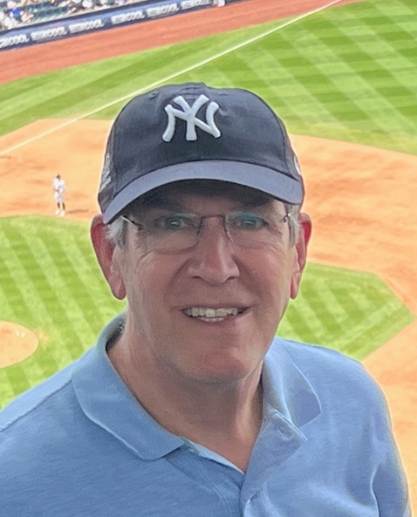北京大学定量生物学中心
学术报告
题目: SEEING IS BELIEVING: MITOTIC RECOMBINATION FROM 1936 TO 2025
报告人: Professor Rodney Rothstein
Fellow of the National Academy of Sciences
Fellow of the American Association for the Advancement of Science
Fellow of the American Academy of Arts & Sciences
Columbia University Irving Medical Center, Department of Genetics & Development and Systems Biology, New York, USA
时间: 10月13日(周一)10:00-11:30
地点: 金光101报告厅
主持人: 齐志教授 / 李晴教授
摘要:
In 1936, Curt Stern showed that “twin spots” arose in Drosophila after a mitotic recombination event between the centromere and distal genetic markers. He visualized these events using two markers that were linked in repulsion (y, yellow body color and sn, singed bristles; Genetics 21: 625–730). His analysis suggested that, after the crossover, one of the two chromosome segregations that can take place during mitosis leads to Loss of Heterozygosity (LOH). The other mitotic segregation does not lead to LOH, although one daughter cell contains the two reciprocally crossed-over chromosomes (non-LOH crossovers). Stern hypothesized that the crossover had to occur in G2 to generate the LOH. To examine the steps in mitotic recombination that occur after induction of a site-specific double-strand break (DSB) in diploid budding yeast cells, we have created a strain that contains “Yellow” and “Red” fluorescent tags flanking each side of an I-SceI cut site. The homolog, without a cut site, contains a single “Blue” fluorescent tag at the homologous position of the Red site. Crossover events can be visualized by the change in linkage of the Yellow tag with respect to Red and Blue. Nuclease expression is induced continuously and >99% of the surviving colonies undergo loss of the cut site. Cells from the colonies are examined using epifluorescence microscopy to determine what kind of repair event took place. After I-SceI induction, colonies containing both crossovers and non-crossovers are recovered. Importantly, colonies containing non-LOH crossovers have cells with two reciprocal recombinant chromosomes, allowing us for the first time to directly visualize in yeast the mitotic segregation class that Stern predicted almost 90 years ago. Many of the breaks that are induced by I-SceI are repaired in G2. On the other hand, G1 crossovers are rare. We also observe chromosome loss events and homozygosis likely caused by break-induced replication. In the absence of the Mre11-Rad50-Xrs2 complex, most events are chromosome loss. There are a variety of pathways that are utilized to repair an induced DSB, and many can lead to LOH, an important prerequisite to cancer.
报告人简介:
Rodney Rothstein is a professor of genetics and development at Columbia University Medical Center. He is a pioneer in the use of recombination to alter genomes and has employed these methods to isolate novel genes involved in the maintenance of genome stability. He is also an expert in yeast genetics, which he uses as a model system for studying how cells respond to DNA alterations and for gaining a better understanding of the mechanisms involved in recombination.
Research in the Rothstein Lab has focused on several genes involved in maintaining genome stability, including factors that are important in addressing aberrations such as double-strand breaks in DNA or that function as checkpoints for monitoring the progression of cellular processes through the cell cycle. Their efforts have focused on the genes that code for Rad52, an important DNA repair protein; Sml1, an inhibitor of ribonucleotide reductase; and the Top3/SGS1 DNA topoisomerase/helicase complex.
In recent work, the researchers have been developing methods to facilitate the construction and rapid screening of arrayed yeast libraries. Accompanying these experimental advances has been the development of a method called Cutoff Linked to Interaction Knowledge (CLIK), which integrates prior biological knowledge about the yeast interactome with the results of high-throughput screens, providing a valuable metric for evaluating significance within high-throughput screening results.
In 2009, Dr. Rothstein received the Novitski Prize from the Genetics Society of America in recognition of his outstanding creativity in solving genetic problems. He has served as a member of the National Science Foundation Advisory Panel for Eukaryotic Genetic Biology and of the National Advisory Council for Human Genome Research.
